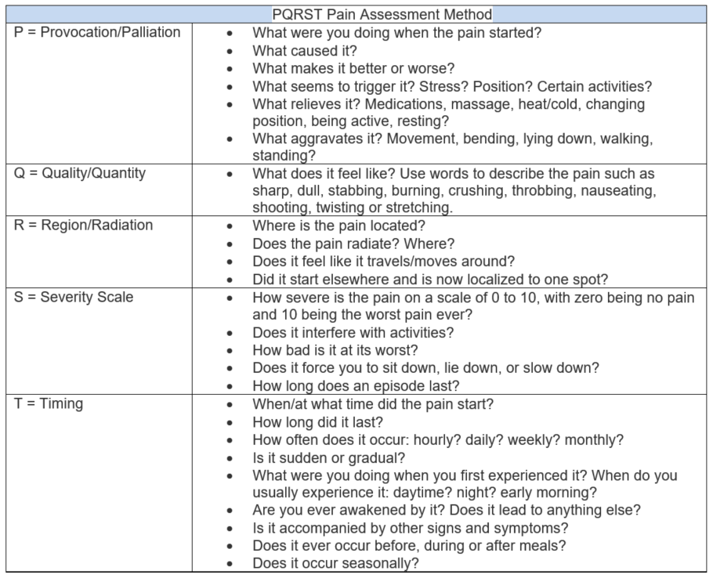- Solutions
- Accounting
- Additional Documentation Requests (ADRs) Management & Support
- Clinical Consulting
- EHR Implementation & Optimization
- Medicaid Eligibility
- Outsourced Contract Controller Services
- Outsourced Revenue Cycle Management
- PointClickCare® Consulting
- QAPI Consulting
- Resident Trust Fund Management & Advisory Services
- Revenue Cycle and Reimbursement Consulting
- Who We Serve
- Resources
- Careers
- About Us
- Contact

 When I went to nursing school (over 20 years ago), I distinctly remember being taught that pain is subjective. Therefore pain is whatever your patient tells you it is. If my patient says they are in pain then I am only to assume that they truly are and take the necessary actions to mitigate their pain.
When I went to nursing school (over 20 years ago), I distinctly remember being taught that pain is subjective. Therefore pain is whatever your patient tells you it is. If my patient says they are in pain then I am only to assume that they truly are and take the necessary actions to mitigate their pain. 

